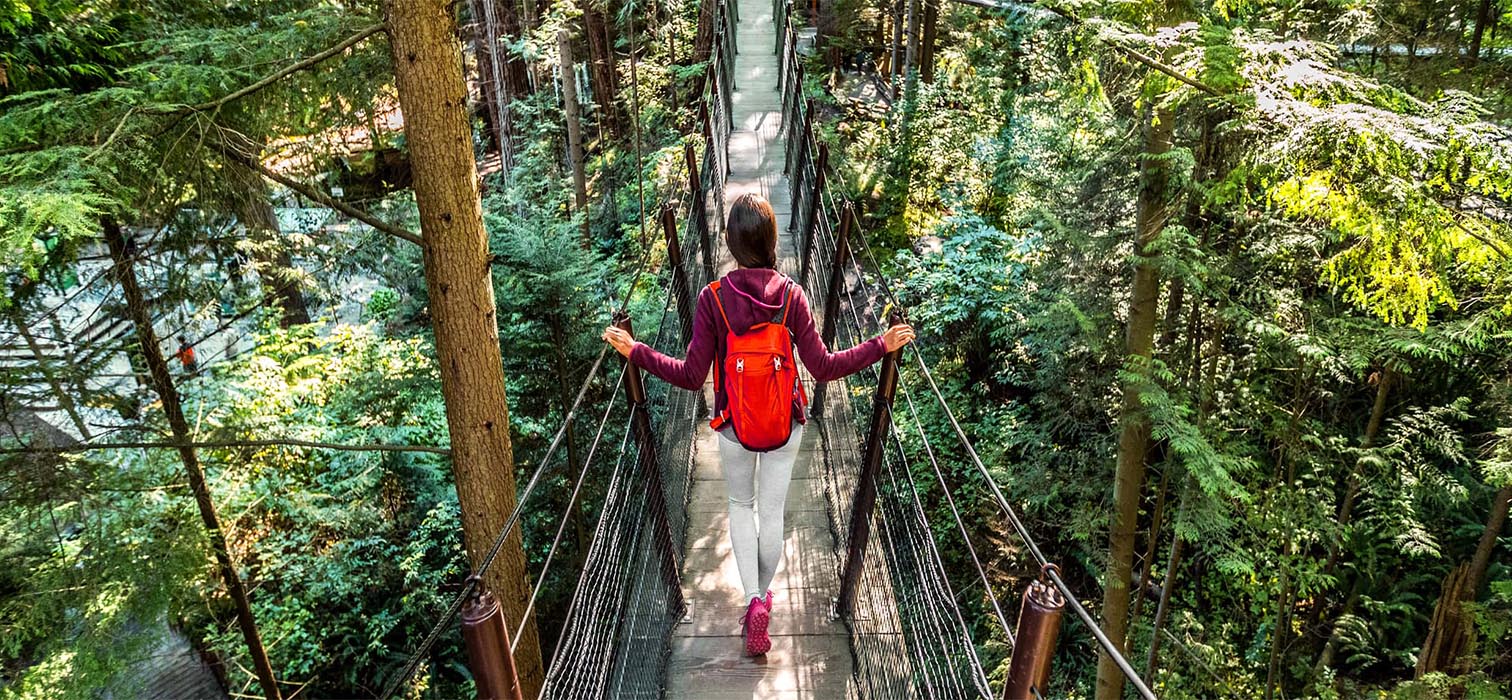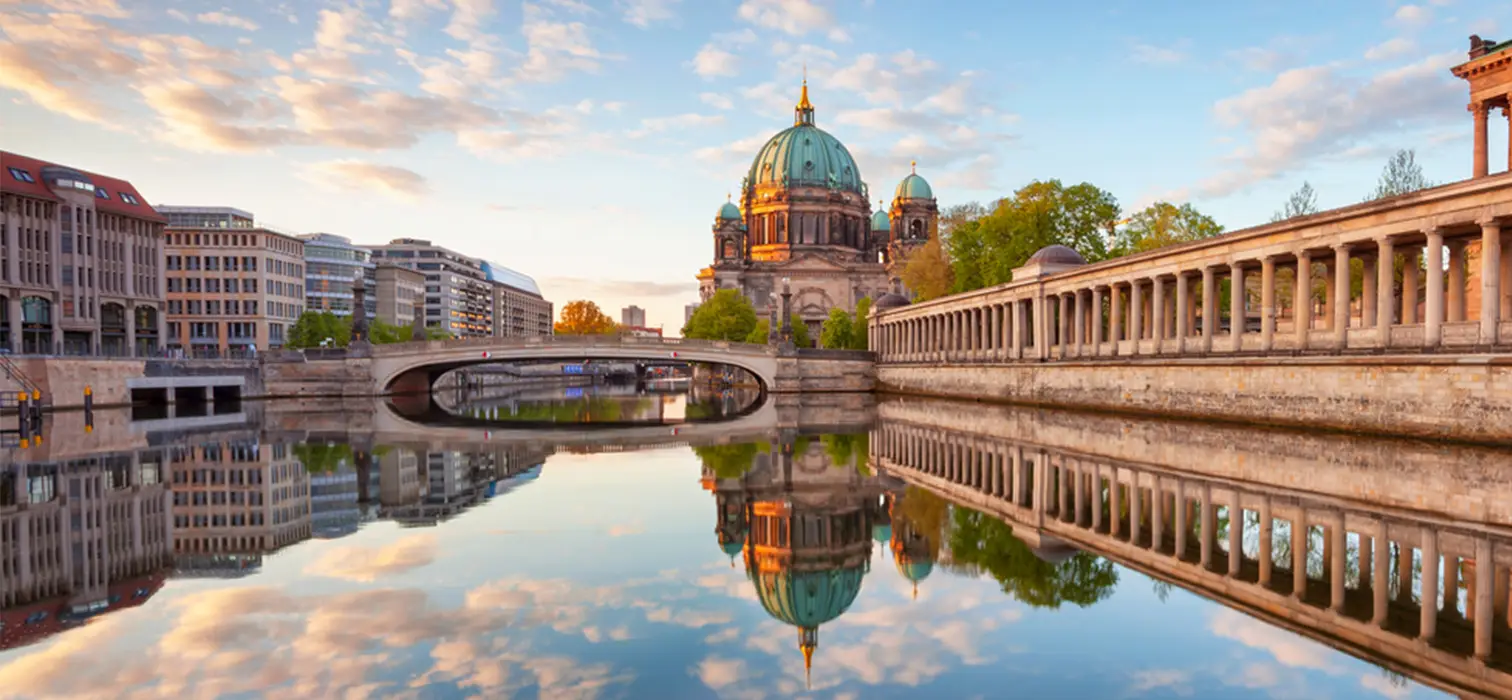
The key to curbing anti-tourism protests and ensuring the timeless allure of popular destinations lies in becoming a conscious traveler.
A recent viral video from Barcelona, one of the world’s top tourist hotspots, left many viewers stunned. In the footage, frustrated locals armed with water pistols targeted tourists lounging in cafes and restaurants, chanting, “We don’t want more tourists.” This bold demonstration stemmed from the overwhelming influx of visitors that has made it nearly impossible for residents to find housing. The protests have already had an impact, with Barcelona’s city council announcing plans to cancel all Airbnb licenses and contracts by 2028, effectively banning short-term vacation rentals from 2029 onward. While the sight of “Go home, tourists” banners might have been unsettling for visitors, the grievances of the locals are not to be overlooked.
Although the anti-tourist sentiment shown in the video may come as a shock to viewers, it’s important to recognize that locals in many of Europe’s most popular tourist destinations have been growing increasingly discontent with their foreign visitors. A quick look into the issue reveals a 2017 BBC article that highlights this growing frustration. The report cites a survey conducted by Barcelona’s municipality, which welcomes around 32 million tourists annually. The survey revealed that locals see tourism as the city’s second-biggest problem after unemployment.
This unrest isn’t confined to Barcelona alone; other Spanish cities like Bilbao, Valencia, and San Sebastian, as well as regions in Greece, Croatia, and Italy, have also seen anti-tourist protests in recent years. This indicates that the issue is far from new. But are the locals in these tourist-heavy cities justified in their reactions? And even if they are, are tourists truly the ones to blame for the frustration that led Barcelonans to wield water pistols against their visitors? Clearly, something deeper is at play.
Traveling has become significantly more accessible than it was a century ago. With an increase in options, everyone can now find a way to explore the world that suits their budget. Social media has further amplified this, turning certain destinations into must-see spots. Now, it seems like everyone wants to snap a photo in front of the same statue, dine at the same trendy restaurant, and capture the same scenic backdrop made famous by social media influencers.

However, this surge in popularity has led to overcrowding at iconic sites—walking along the Great Wall of China has become a struggle, and finding a spot to lay your towel on the beaches of Southern Italy is nearly impossible due to the swarms of tourists. This mass influx, coupled with tourists’ demand for high comfort and locals’ eagerness to capitalize on the boom, has started to erode the natural beauty and cultural heritage of these beloved destinations.
Addressing the Urgent Need for Sustainable Tourism
Fortunately, a growing number of industry leaders are increasingly concerned about the current state of tourism and are advocating for meaningful changes. The concept of “sustainable tourism” has gained significant traction as a result. According to the UN Environment Programme and the UN World Tourism Organization, sustainable tourism is defined as: “Tourism that fulfills the needs of visitors, the industry, and host communities while carefully considering the current and future economic, social, and environmental impacts.” This comprehensive approach highlights that sustainable tourism is not solely the responsibility of businesses or local authorities; it also involves us, the travelers.

To understand our role as tourists, let’s first examine how our actions can contribute to sustainability. Jacqueline Gifford, the editor-in-chief of Travel + Leisure magazine, emphasizes that a conscientious traveler can make a substantial difference in promoting sustainable practices. She notes, “When you visit a destination, you have the power to manage your consumption and minimize the waste you generate.” This involves making deliberate choices, such as moderating food intake, reducing waste, and opting for environmentally-friendly practices during your travels.Jacqueline Gifford underscores that even small steps can lead to significant changes in the realm of sustainable tourism. She observes, “With small steps, you can make a big impact wherever you go.” However, she also points out a growing challenge: the influence of social media. Gifford highlights that the allure of capturing viral moments often leads followers to flock to destinations merely to replicate popular photo poses. She advocates for a more mindful approach, suggesting that conscious travelers should focus on truly experiencing the moment rather than prioritizing social media posts.
The Fallout of Unconscious Tourism
The repercussions of irresponsible tourism are becoming increasingly evident in various destinations. A notable example is Mount Everest, the world’s highest peak, which has suffered from significant environmental degradation despite its remote and challenging access. In 2019, Everest saw a surge of 58,000 adventurers, resulting in the Nepalese government having to collect an astonishing 10 tons of waste from the area. This alarming situation prompted the authorities to implement measures to curb the number of visitors and mitigate the environmental impact, including restricting tourist numbers to preserve the integrity of this majestic natural wonder.

The primary objective of sustainable tourism is to ensure that tourist destinations do not become overwhelmed beyond their capacity. When tourist influx exceeds the region’s sustainable limits, it leads to the irreversible depletion of natural resources due to overuse. This not only harms the local flora and fauna but also results in the accumulation of excessive waste, which contributes to the environmental degradation of the area.
Irresponsible tourism also carries significant social, economic, and cultural ramifications. For instance, the commercialization of tourism can dilute the unique cultural identity of a region as businesses prioritize generic attractions to draw in visitors. The expansion of large-scale hotels to accommodate more tourists often comes at the expense of local employment, with many workers being paid low wages or brought in from outside the community. Additionally, to capitalize on tourist spending, local costs, including rents, are frequently inflated, adversely affecting residents. Similar trends have been observed in countries like Spain, Greece, and Italy.
According to the World Economic Forum, a significant majority of tourists—four out of five globally—recognize the importance of sustainable tourism. Furthermore, 90 percent of travelers express a preference for sustainable travel options. However, a notable discrepancy exists between these expressed intentions and actual practices. Many individuals fail to translate their good intentions into concrete actions. One major obstacle is that tourists often face limitations in their ability to enact change on their own. Consequently, the responsibility for fostering sustainable tourism predominantly falls on local governments and industry stakeholders.
How to Be a Conscious Tourist
Adopting sustainable travel practices is not as challenging as it might seem. Small adjustments in your travel habits can make a meaningful contribution to sustainable tourism.
Opt for transportation methods with a lower carbon footprint. Research indicates that air travel, solo car trips, and cruises have the highest carbon emissions. According to the British government’s Office of Energy Security, a medium-haul flight emits approximately 151 grams of carbon dioxide per person. In contrast, driving a diesel car alone results in 171 grams per person, while cruise ships top the list with 250 grams per person. On the other hand, trains have the lowest carbon emissions, at just 35 grams per person.

When embarking on long-haul journeys across the globe, flying is often unavoidable. However, for travel within the same country or to nearby regions, consider opting for trains or buses instead of airplanes. If air travel is necessary, selecting flights that prioritize lower carbon emissions can make a difference. Choosing flights that are more fully booked can reduce the carbon footprint per passenger. Additionally, tools like Google Flights now offer the convenience of displaying the carbon emissions associated with each flight option.
Immerse yourself in the local culture of your destination. True travel involves more than just capturing photo-worthy moments for social media; it’s about engaging deeply with the culture and learning from the people of the place you’re visiting. To be a conscious tourist, it’s crucial to show genuine curiosity about the customs and traditions of new locations and to seek knowledge from local residents. By fostering this cultural curiosity, tourists can help preserve and celebrate local heritage, preventing cultural erosion and supporting the communities they visit.
Ditch disposable water bottles. Opting out of disposable water bottles can significantly benefit both the environment and your wallet. In many developed countries, tap water is not only safe to drink but often exceeds the taste quality of bottled water. By bringing a reusable water bottle with you and refilling it as needed, you can reduce plastic waste and cut down on unnecessary expenses. This practice has become increasingly popular in Europe, where many airports are equipped with water refill stations to further encourage the reduction of plastic bottle use.

Minimize your environmental impact. Aim to leave as minimal a footprint as possible during your travels. Today’s eco-conscious tourists adhere to the seven principles of the Leave No Trace ethic, especially when exploring natural environments. By following these guidelines, you contribute to the preservation of natural habitats and help ensure that future visitors can enjoy the beauty of these places just as much as you did.
7 Principles for the Conscious Tourist
- Plan Your Trip: Prepare for your journey by researching and understanding the regulations concerning the natural habitats you will visit, ensuring you act in accordance with local guidelines.
- Choose Eco-Friendly Stays: Opt for accommodations that have minimal impact on nature, supporting establishments committed to sustainability.
- Sort Your Waste: Regularly separate your waste according to recycling standards to contribute to environmental preservation.
- Return Natural Items: Place any items you find in nature back where you found them to avoid disrupting local ecosystems.
- Be Cautious with Fires: Prioritize safety and follow local guidelines to minimize risks when lighting a campfire.
- Respect Nature: Show respect for the natural world by maintaining cleanliness and avoiding actions that harm the environment.
- Consider Others: Be mindful of your hosts and fellow travelers, fostering a respectful and enjoyable experience for everyone involved.
While this manifesto of seven principles primarily addresses natural habitats, it also serves as a guide for conscientious travel, particularly to exotic destinations.

Avoid participating in harmful tourist activities: Be vigilant and steer clear of activities that exploit or harm animals. In many exotic Asian countries, there are tourist attractions where animals are used as coerced labor for entertainment or photo opportunities. Currently, approximately 550,000 animals globally are subjected to exploitation and mistreatment to generate profit from tourist attractions. Research indicates that around 80 percent of these animals endure appalling conditions, with their basic needs grossly neglected. They are often confined alone in cages, far removed from their natural environments and social groups, leading to severe stress and ultimately, premature death. A responsible tourist should refrain from supporting such exploitation and seek to educate others who may unknowingly contribute to these practices.

Avoid purchasing wildlife products. Refrain from buying souvenirs or so-called medicines made from the body parts of wild animals.In many exotic destinations, you may encounter items such as “traditional remedies” or souvenirs crafted from animal skins, feathers, teeth, or bones. Many tourists unwittingly support wildlife exploitation by purchasing these products. By buying such items, you are contributing to the further killing of animals, which may include endangered species, and perpetuating a cycle of exploitation.
Support the local economy. Contribute to the local economy by making thoughtful choices during your travels. When planning day tours, opt for local agencies or guides rather than international operators. Enjoy local cuisine at neighborhood restaurants and consider staying in small, locally-owned hotels. For a break, visit independent coffee shops instead of global chains. These actions not only support local businesses but also help reduce carbon emissions, as locally-sourced products do not require long-distance transportation.
Refrain from giving gifts to locals. While it may seem well-intentioned, giving gifts to local residents can have unintended negative consequences. Tourists often bring small items like chocolates, pens, or toys, especially for children, or offer money to help those in economically disadvantaged areas. Although these gestures come from a place of kindness, they can inadvertently foster a culture of dependence and begging, and sometimes even create tensions within the community. To avoid such issues, consider contributing to reputable non-governmental organizations (NGOs) that support local communities in a sustainable and respectful manner, rather than giving individual gifts.



